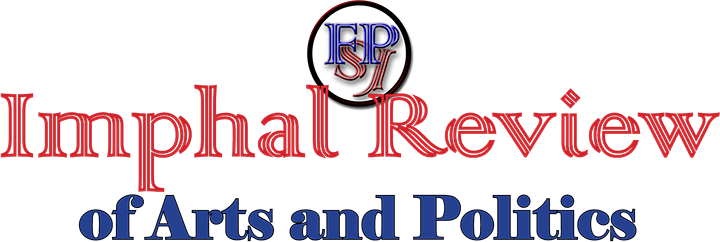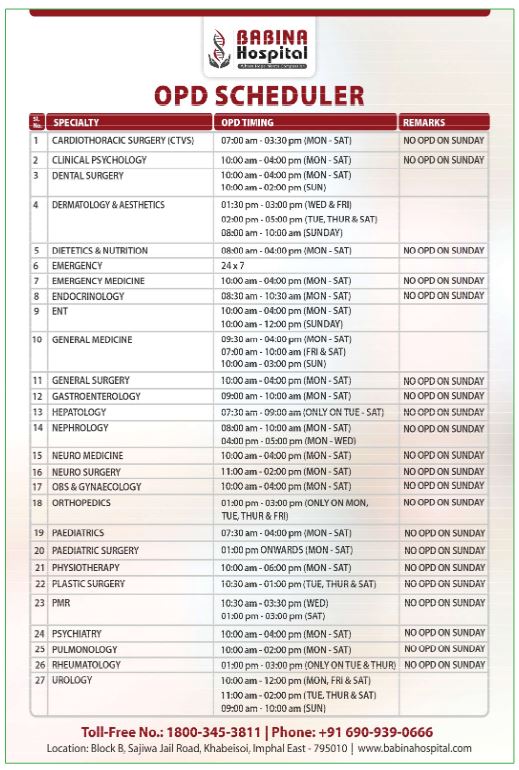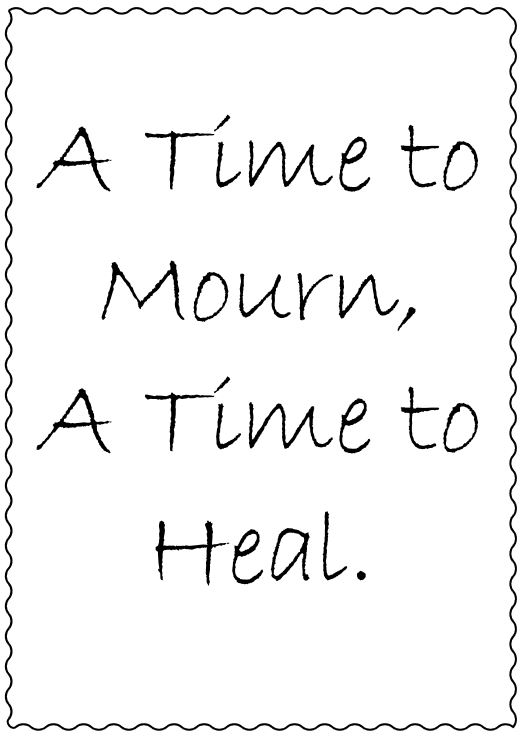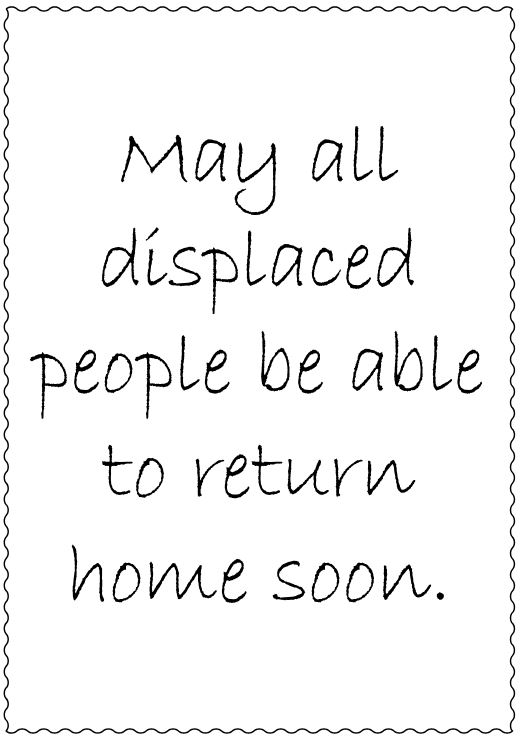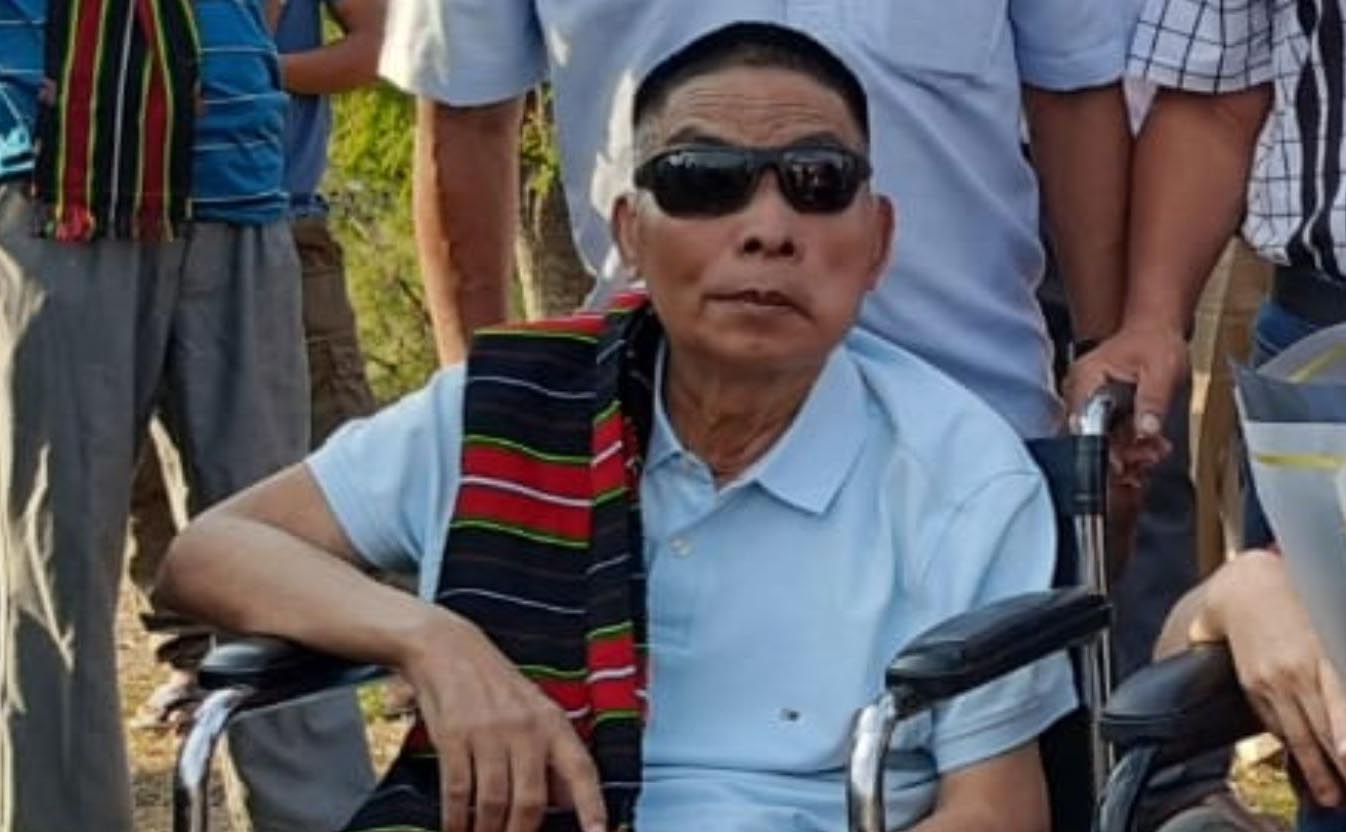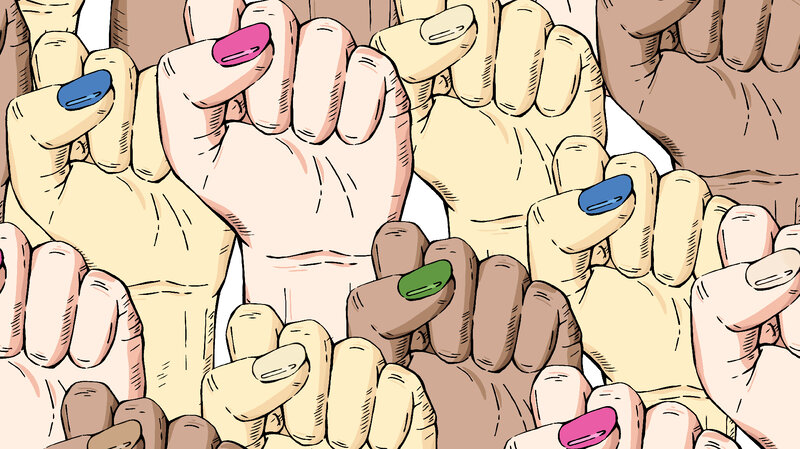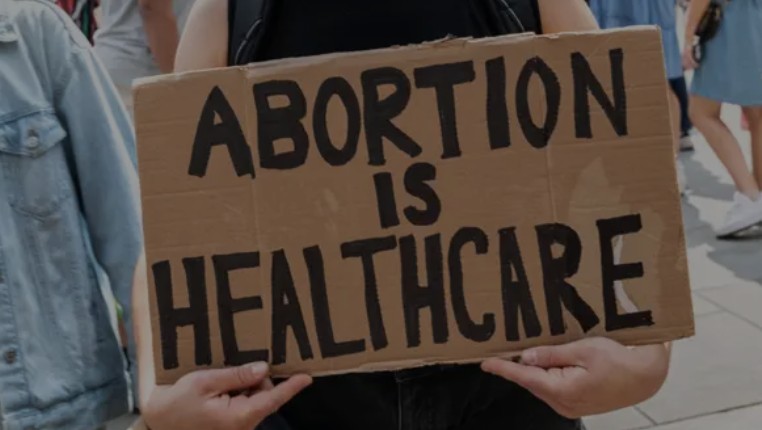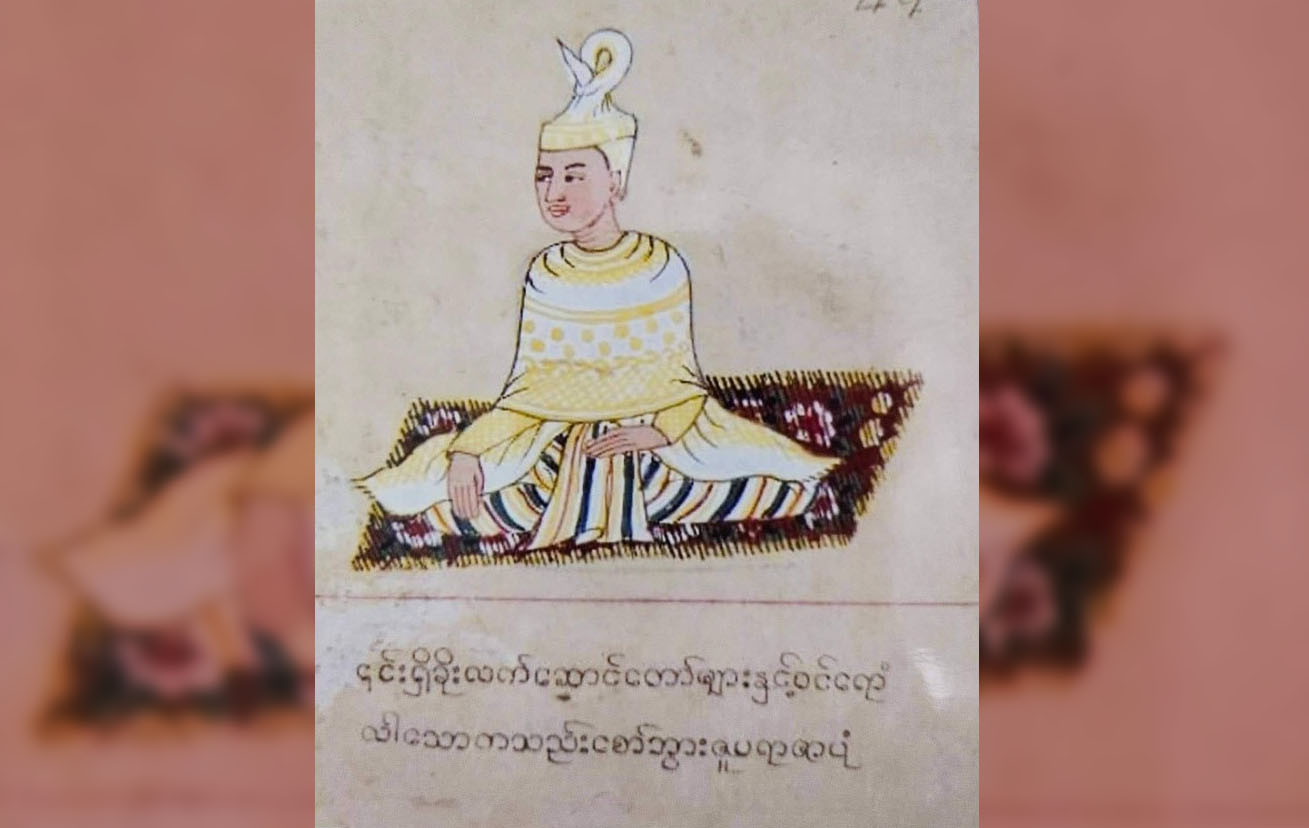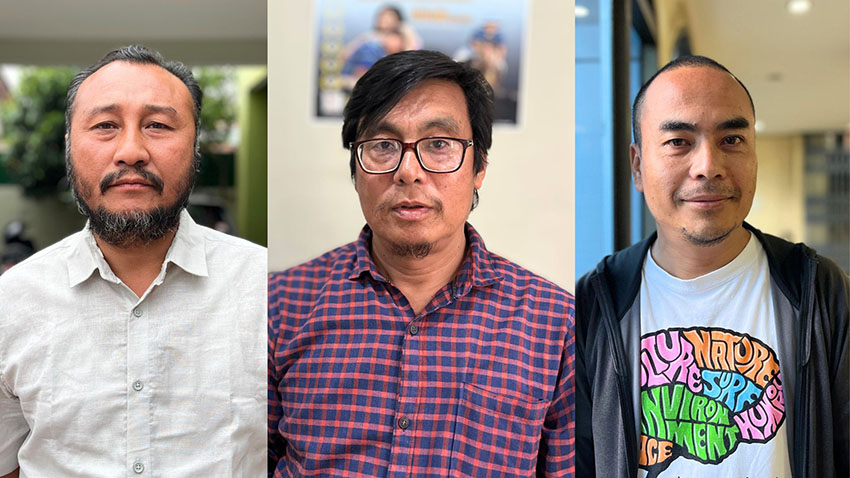Waari Singbul Network
Imphal: In the volatile landscape of Manipur, where ethnic tensions between the majority Meitei and minority Kuki-Zomi-Hmar communities have claimed over 250 lives and displaced thousands since 3rd May 2023, the return of Vungzagin Valte, a Bharatiya Janata Party (BJP) MLA from Thanlon, was a rare moment of hope. Brutally attacked by a mob in Imphal on 3rd May 2023, at the onset of the ethnic strife, Valte’s survival after nearly two years of medical treatment in Delhi was a symbolic triumph over violence. His homecoming to Churachandpur, the epicenter of the Kuki-Zomi-Hmar agitation, was seen as an opportunity for reconciliation in a state torn apart by mistrust and bloodshed. Yet, within days, Valte’s public statements oscillated dramatically between statesmanlike calls for unity and hardline demands for a separate administration, raising questions about the pressures shaping his narrative and the broader prospects for peace in Manipur.
A Voice of Reconciliation
On April 13, 2025, Valte spoke to a regional news outlet in a candid interview that captured the hearts of many in Manipur. His words were a balm to a state weary of conflict. “I do not know the situation right now, but I want a good relationship between the majority Meiteis and minority Kuki-Zo in the State,” he said. “Manipur’s future is bleak, and its future does not look good now. Both communities should come together to find a solution. Without considering majority-minority, we have to consider ourselves as Manipuri.” Valte’s call for sustained dialogue, with respect for minority sentiments and a central role for the Union government, reflected a maturity and vision rare in Manipur’s polarized discourse.
This reconciliatory spirit resonated deeply. For a state under President’s Rule since 13th February 2025, following the resignation of Chief Minister N. Biren Singh amid escalating violence, Valte’s message suggested a path forward. His survival was seen as a defeat of the forces of division, and his emphasis on a united Manipur inspired hope that leaders could rise above ethnic fault lines. Social media posts on X reflected this sentiment, with users praising Valte’s statesmanship and expressing optimism for peace.
A Sudden Shift to Division
Yet, this hope was short-lived. On April 18, 2025, Valte appeared on a national television network, reportedly in a pre-recorded segment packaged as live, and delivered a starkly different message. “The only path to peace in Manipur is granting autonomy to the Kuki-Zomi-Hmar people by granting union territory status,” he declared, aligning with the hardline stance of the Indigenous Tribal Leader’s Forum (ITLF), Committee on Tribal Unity (CoTu), Kuki-Zo Council (KZC), and Kuki Inpi. He thanked the Ministry of Home Affairs for creating buffer zones between the hill and valley areas, a measure that has physically and symbolically separated the Kuki-Zo-dominated hills from the Meitei-dominated valleys.
Valte’s tone was uncompromising. He accused Meitei ministers and MLAs of failing to protect minorities and held them responsible for his 2023 attack. “I’ll not sit with Meitei MLAs at the same table,” he said. “If the Centre is involved for separate administration, I’ll do that. This will help a lot. In the future, Kuki-Zomi-Hmar issues will be settled permanently.” This rhetoric echoed the demands of the ITLF and 10 tribal MLAs, including Valte, who have consistently pushed for a Union Territory for Kuki-Zo-Hmar areas since the violence began.
The Contradiction: Coercion or Conviction?
The shift from reconciliation to separatism in Valte’s public statements raises troubling questions. Was the MLA, a survivor of brutal violence, coerced into adopting the hardline stance upon his return to Churachandpur? Or did his initial reconciliatory remarks reflect a momentary lapse before realigning with his community’s dominant narrative? The answers lie in the complex interplay of local politics, ethnic loyalties, and the pressures of a deeply divided society.
Churachandpur, where Valte resides is a stronghold of the Kuki-Zo-Hmar agenda. The district has been a flashpoint of ethnic violence, with recent clashes between Hmar and Zomi groups exposing intra-tribal fault lines even within the broader Zo umbrella. The KZC and groups like the Indigenous Tribal Leaders’ Forum (ITLF) have consolidated power by framing the conflict as an existential struggle against Meitei dominance, with a separate administration as the only solution. Valte’s attack in 2023, described by ITLF leader Ginza Vualzong as “living evidence of the brutality of the Meitei community,” has been weaponized to fuel this narrative.
Upon his return, Valte was likely enveloped by this charged environment. The KZC and tribal leaders, aware of his symbolic importance, may have pressed him to align with their demands. His national TV appearance suggests a carefully curated effort to project a unified front. The contrast with his earlier, spontaneous regional interview indicates that Valte’s reconciliatory remarks may have been made before he was fully reimmersed in Churachandpur’s hardline discourse. The pressure to conform could have been immense, especially for a leader recovering from trauma and reliant on local support.
Missed Opportunities and Media’s Role
The state government’s failure to capitalize on Valte’s return was a significant misstep. By not engaging with him as a bridge for dialogue, the BJP-led administration, now under President’s Rule, missed a chance to counter the separatist narrative. Instead, tribal organizations filled the vacuum, leveraging Valte’s story to bolster their cause. The media, too, played a dubious role. The regional outlet’s exclusive interview highlighted Valte’s reconciliatory potential, but the national network’s sensationalized coverage amplified division, prioritizing conflict over nuance.
The Broader Implications
Valte’s contradictory statements reflect the broader challenges of resolving Manipur’s ethnic strife. The demand for a separate administration, while rooted in genuine grievances, risks deepening divisions. Buffer zones, while reducing immediate violence, have entrenched physical and psychological barriers between communities. Efforts to restore free movement, such as resuming bus services, have met resistance, with violent protests underscoring the lack of trust.
Reconciliation, as Valte initially suggested, requires sustained dialogue that respects minority sentiments and addresses systemic inequalities. Yet, the hardline stance he later adopted highlights the difficulty of transcending ethnic loyalties in a polarized state. The Union government, tasked with mediating, faces a delicate balancing act: addressing Kuki-Zo-Hmar demands without alienating the Meitei majority.
Conclusion
Vungzagin Valte’s journey from mob attack survivor to a conflicted voice in Manipur’s crisis encapsulates the state’s fragile hopes and entrenched divisions. His initial call for a united Manipur showcased the potential for leadership to heal wounds, but his subsequent hardline stance reveals the weight of communal pressures and unresolved grievances. Whether coerced or convinced, Valte’s contradiction underscores a broader truth: peace in Manipur requires not just dialogue but a willingness to confront the forces—political, social, and media-driven—that thrive on division. As the state navigates President’s Rule and an uncertain future, Valte’s story is a poignant reminder that reconciliation is both possible and perilously elusive.
